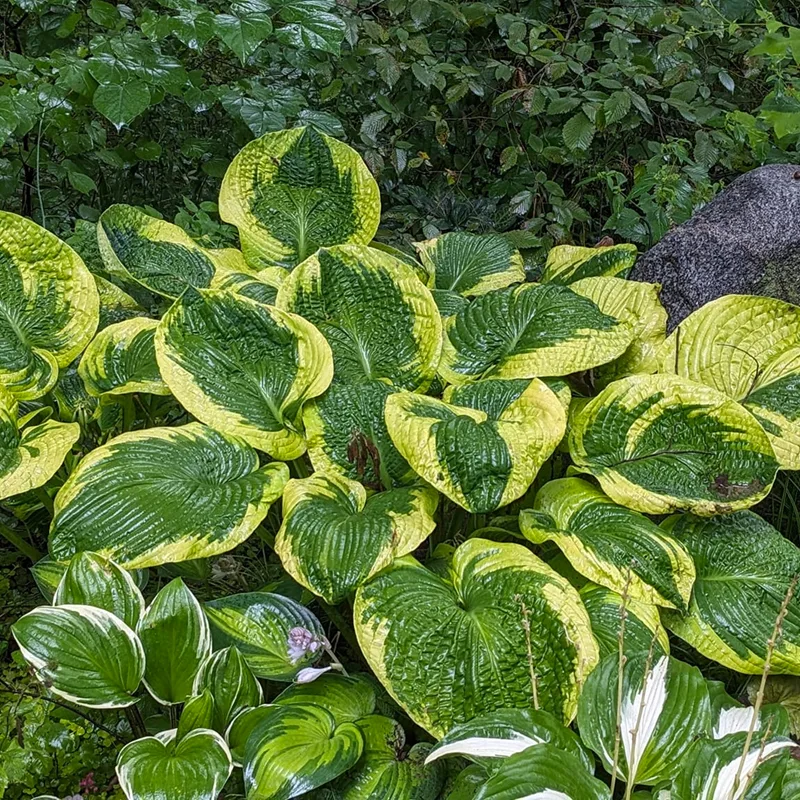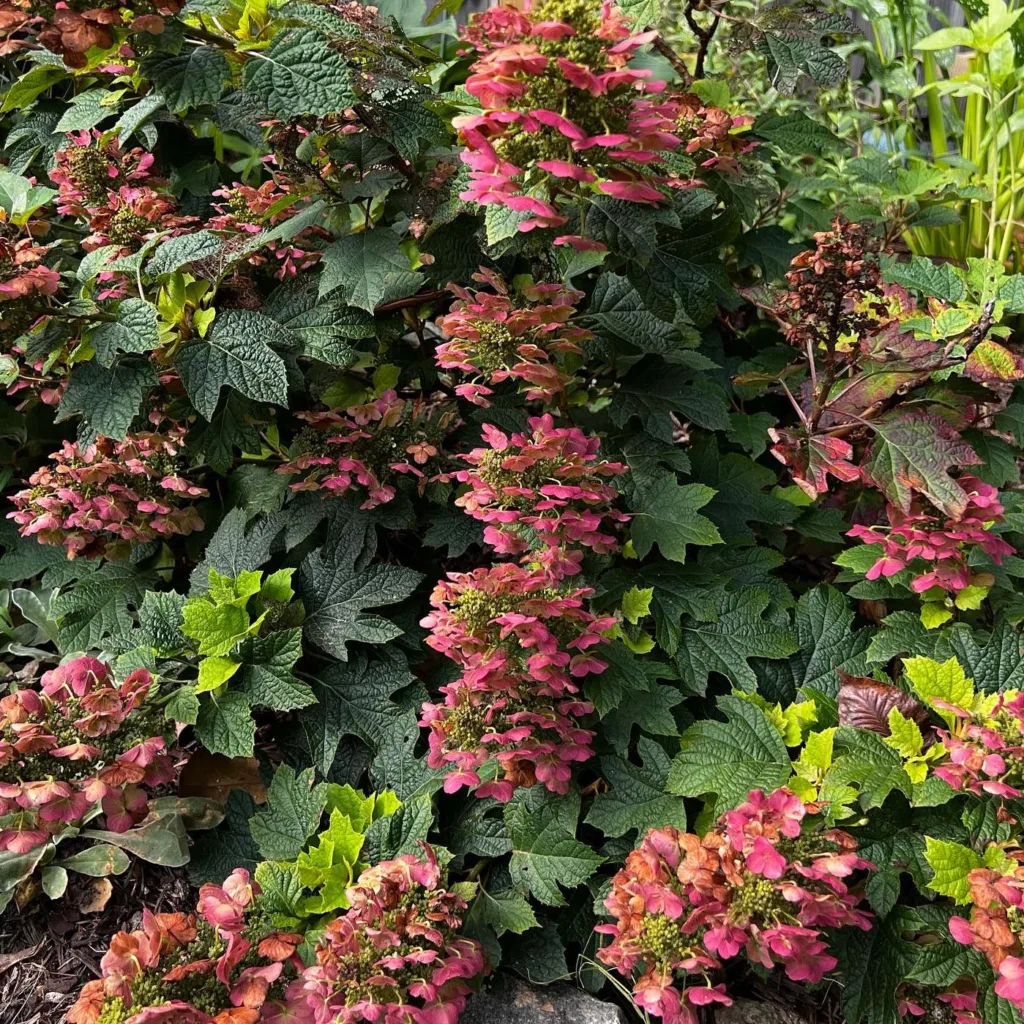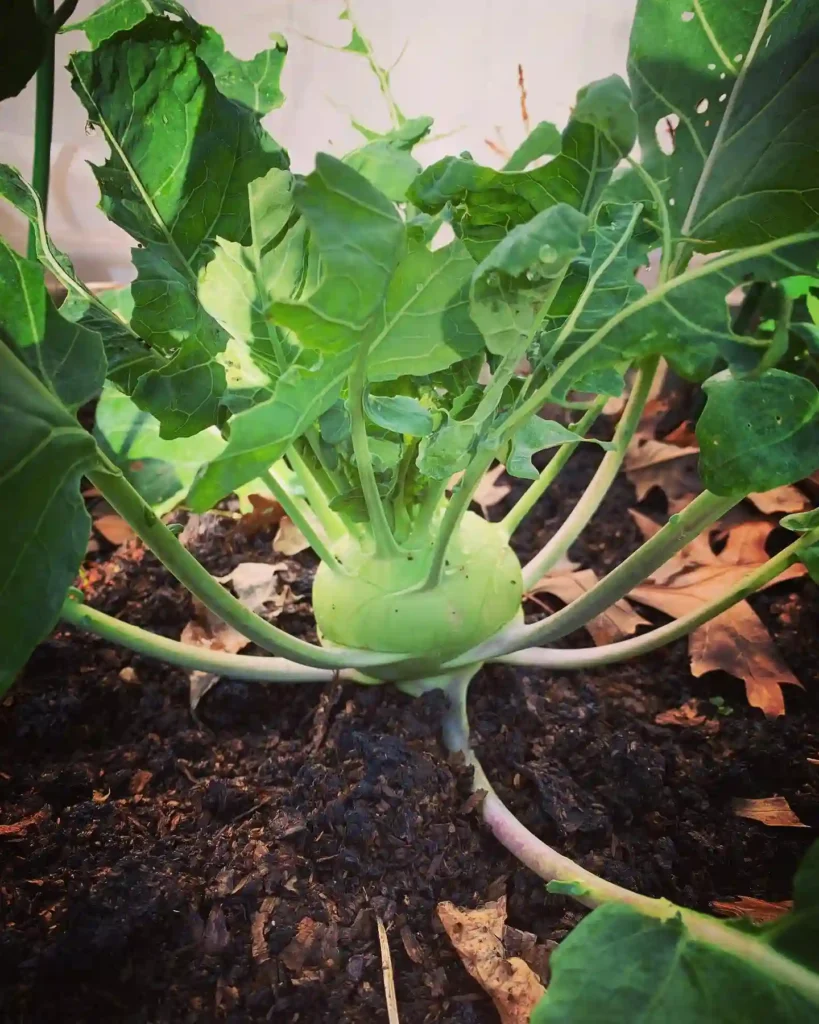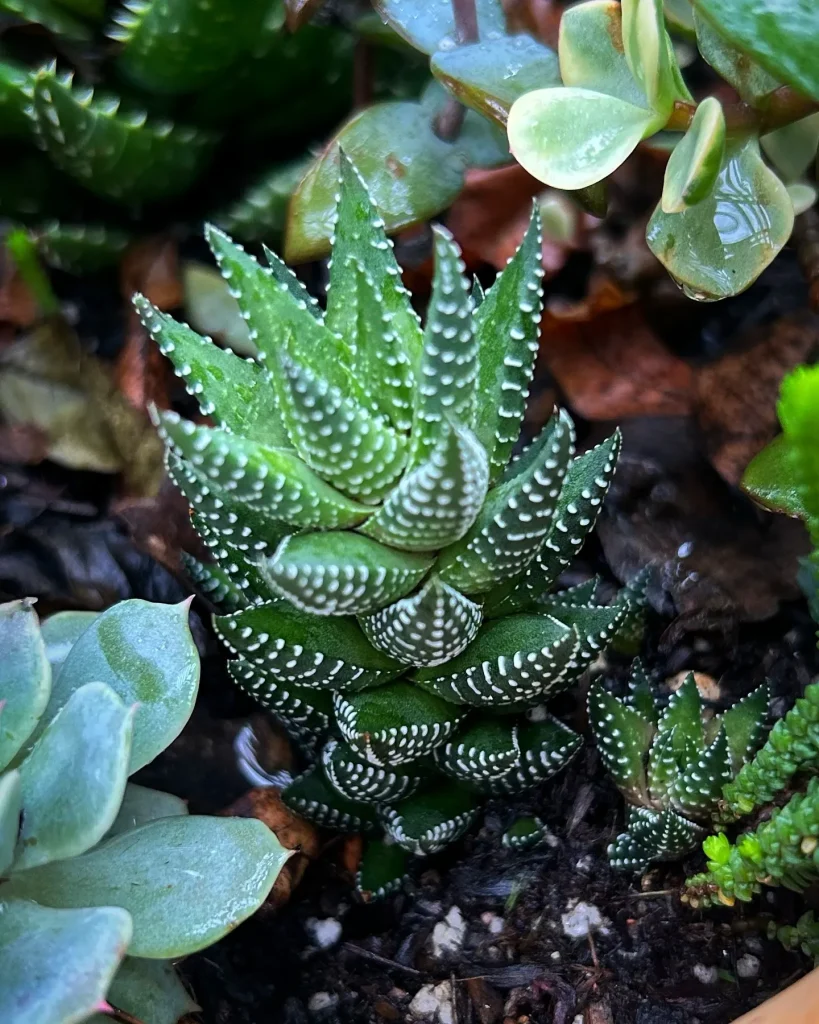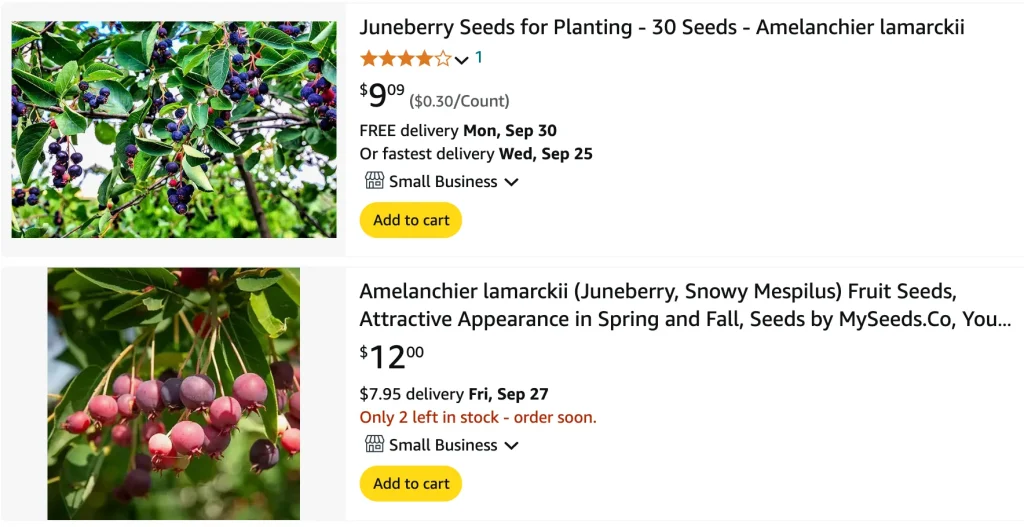
Amelanchier Lamarckii: Frequently Asked Questions and Personal Insights
I’ve always found Amelanchier Lamarckii to be one of the most graceful and versatile trees you can add to a garden. Also known as the Juneberry, this deciduous shrub or small tree adds elegance throughout the seasons. Its stunning white spring blossoms, followed by colorful berries and vibrant autumn foliage, make it an absolute favorite. Over the years, I’ve learned quite a bit about how to care for, grow, and prune this lovely species. Let me share some common questions and answers based on my experience.
27 Species in Genus Amelanchier – Serviceberry
What is Amelanchier Lamarckii?
Amelanchier Lamarckii is a deciduous tree that originates from North America, though it has become widely popular in Europe. It’s often grown for its aesthetic value, producing beautiful white flowers in the spring, followed by small, edible berries that birds absolutely love. In autumn, its leaves turn shades of orange, red, and gold, adding vibrant color to the garden. I find it particularly appealing because it attracts wildlife and works well in various landscape designs, from woodland settings to more structured garden borders.
Where to Buy Amelanchier Lamarckii?
Amelanchier Lamarckii is a popular tree, so finding a reliable source isn’t too difficult. I’ve bought mine from local nurseries, and it’s typically available at well-established garden centers, especially those specializing in native or wildlife-friendly plants. For convenience, you can also find it online from reputable plant retailers. I suggest checking reviews when purchasing online to ensure you get a healthy specimen. I’ve also noticed that some suppliers offer bare-root plants, which are usually more affordable and easy to transport.
How Fast Does Amelanchier Lamarckii Grow?
In my experience, Amelanchier Lamarckii has a moderate growth rate. It typically grows around 30–60 centimeters per year. However, I’ve noticed that growth rates can vary depending on soil quality, location, and how well the plant is cared for. When placed in well-drained, fertile soil and given adequate sunlight, it seems to thrive and put on more growth. Mine reached about 6 meters within 10 years, providing both shade and a spectacular seasonal display.
How to Prune Amelanchier Lamarckii?
Pruning Amelanchier Lamarckii isn’t difficult, but there are a few rules to follow. I like to prune mine immediately after flowering, around late spring. This ensures that I don’t cut off next year’s buds. I usually remove dead, diseased, or damaged wood, which keeps the tree healthy. If you want to control its shape, focus on thinning out crowded branches to allow more light and air into the center. It responds well to light pruning, but don’t overdo it. A natural, slightly open form enhances its beauty, so I prefer to keep the pruning minimal and strategic.
How to Care for Amelanchier Lamarckii?
Caring for Amelanchier Lamarckii is relatively easy. I’ve found that it thrives in full sun to partial shade and prefers well-drained, moist soil. It’s also quite resilient in different climates, tolerating cold winters and hot summers well. I water mine regularly during dry spells, especially in its early years, to establish strong roots. Once established, it’s pretty drought-tolerant. Applying mulch in the spring helps retain moisture and suppress weeds. It’s a low-maintenance tree, but I do feed it with a balanced fertilizer once a year to encourage growth.
Can You Grow Amelanchier Lamarckii Indoors?
From my experience, Amelanchier Lamarckii isn’t suitable for indoor growth. This tree requires space and natural sunlight to flourish, so it’s best planted in the garden where it can spread its roots and grow naturally. While you could theoretically grow a young tree in a large pot outdoors, its long-term growth potential and size make it unsuitable for indoor environments.
Is Amelanchier Lamarckii Toxic?
One of the things I appreciate most about Amelanchier Lamarckii is that it’s non-toxic to both humans and pets. Its berries are actually edible and often used in jams or pies. I’ve snacked on the berries right off the tree, and they have a mild, sweet taste. However, birds usually get to them before I do!
How to Propagate Amelanchier Lamarckii?
I’ve had success propagating Amelanchier Lamarckii through both seeds and softwood cuttings. Seed propagation is a slow process and requires cold stratification, but if you’re patient, it’s a rewarding method. Cuttings are a faster option. I usually take softwood cuttings in late spring or early summer, dip them in rooting hormone, and place them in a moist, well-draining growing medium. They usually root within a few weeks if kept warm and humid.
What to Plant with Amelanchier Lamarckii?
Amelanchier Lamarckii pairs beautifully with a wide range of companion plants. In my garden, I like to combine it with underplantings of ferns and shade-loving perennials like hostas or hellebores. Spring bulbs like daffodils also look stunning under the tree’s delicate white flowers. It works well in both naturalistic and more structured garden designs.
Common Problems with Amelanchier Lamarckii
Amelanchier Lamarckii is generally a healthy and disease-resistant tree. However, I’ve encountered occasional issues with leaf spot and powdery mildew, particularly in wet, humid conditions. To prevent these, I try to avoid overhead watering and ensure good air circulation around the tree. Insect pests haven’t been a major issue for me, though aphids might occasionally appear. A strong blast of water usually takes care of them.
Compare Amelanchier Lamarckii with Other Similar Species
Amelanchier Lamarckii is sometimes confused with other species like Amelanchier Canadensis or Amelanchier Arborea. From my experience, Lamarckii tends to have a more upright form and more pronounced autumn color compared to Canadensis, which is more shrub-like. The berries and flowers are also slightly more abundant in Lamarckii, making it my personal favorite for a feature tree.
Benefits of Amelanchier Lamarckii
For me, the biggest benefit of growing Amelanchier Lamarckii is its year-round interest. Whether it’s the stunning spring blooms, the edible summer berries, or the fiery fall foliage, this tree never fails to impress. It also provides a haven for wildlife—birds adore the berries, and pollinators love the flowers. The fact that it’s low-maintenance and adaptable to different soil types makes it even more appealing for any garden.
Amelanchier Lamarckii has been a staple in my garden, and I recommend it to anyone looking for a versatile and beautiful tree. Its elegance, ease of care, and wildlife value make it a true asset.
If i die, water my plants!
